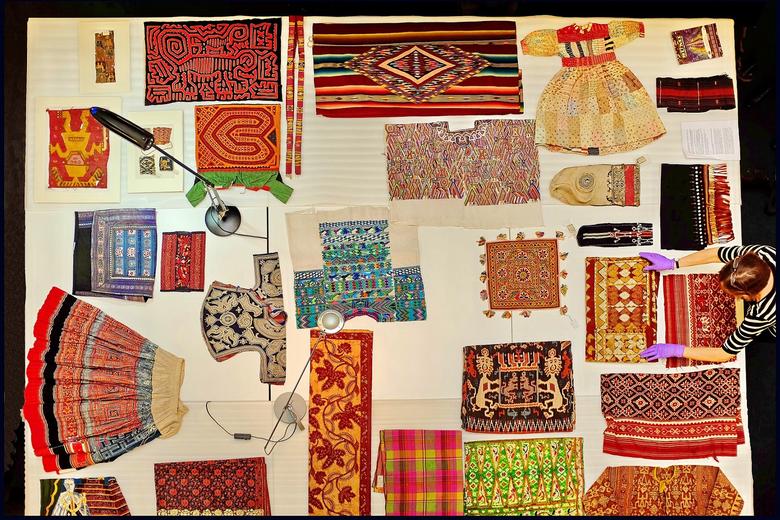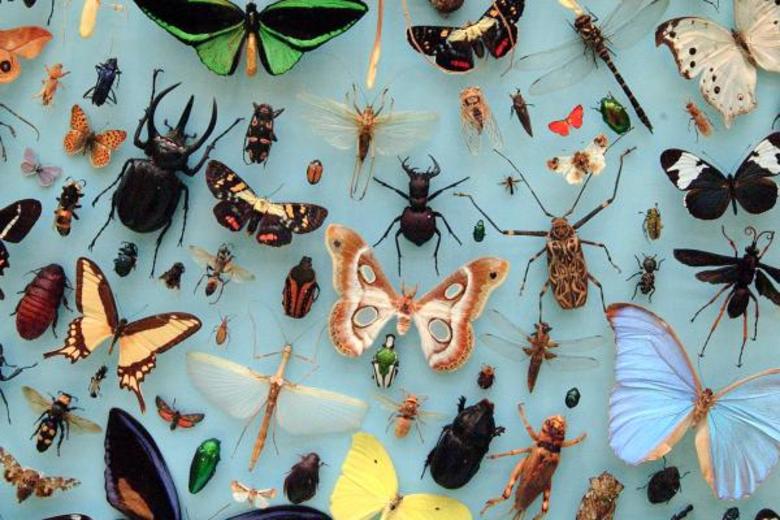Collections Move Project
Collections Move Project | Oxford University's Gardens, Libraries & Museums
About the project
The four University museums hold over 8.5 million objects and specimens, with less than 1% on permanent display. The stored collections until recently were housed in 7,000 square metres of storage, located in 10 off-site locations across Oxfordshire, with the remainder stored within the museums.
Over six years the project will transfer the majority of the off-site collections into two purpose-built collection and research centres: one located in the Reuben College building in central Oxford; the other in Swindon as an extension of the Bodleian Libraries’ Collections Storage Facility.
These two new centres will enable us to consolidate the collections into two locations, providing high-quality storage facilities and offering greater access to the collections for researchers, students and the public. Planning is underway for these important new facilities, including the type and size of storage required, the relevant environmental conditions for the different collections, and the expected frequency of retrieval and access to the collections.
Prior to the opening of these new facilities, the project will be undertaking a series of interim moves to ensure that the collections are stored in a safe and secure environment, with appropriate access arrangements for museum staff and researchers. This will include consolidating part of the stored collections in temporary heritage storage. The project will then start a two-year programme of moves into the two new collection centres. At its conclusion, the programme will have completed over 30 separate moves projects into the new collection centres.
The Moves Programme is a key priority for GLAM, which will help ensure that the stored collections are properly protected and cared for, and enable the museums to provide much greater access to the University’s globally significant collections.















